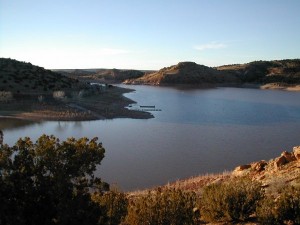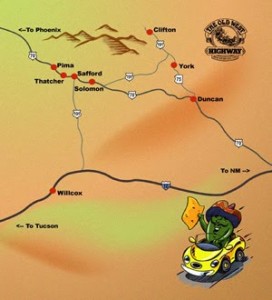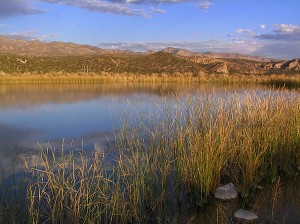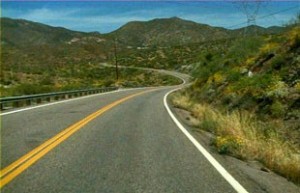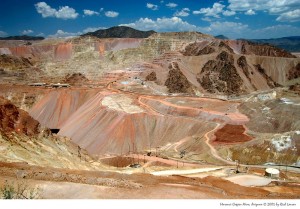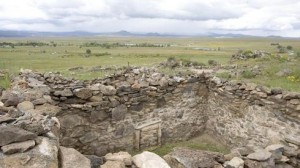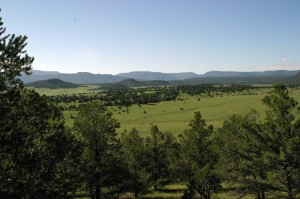Lyman Lake State Park
Created as an irrigation reservoir by damming the Little Colorado River, Lyman Lake State Park is located off the State Route 180 between towns of St. Johns and Springerville. The lake is a 1,200-acre park that encompasses the shoreline of a 1,500-acre reservoir at an elevation of 6,000 feet. It is fed by snowmelt from the slopes of Mount Baldy and Escudilla Mountain, the second and third highest mountains in Arizona. Water is channeled into this river valley from a 790-square-mile watershed extending into New Mexico.
Because of its size, Lyman Lake is one of the few bodies of water in Northeastern Arizona with no size restrictions on boats, however certain areas are buoyed off in order to create a peaceful (and successful) fishing area. The fishery consists of walleye, channel catfish and largemouth bass. The large remainder of the lake is open for all other types of water sports.
Lyman Lake really comes into its own during the spring, summer, and fall. Summer days, with temperature highs in the 80’s to low 90’s, are perfect for fishing, swimming, leisure boating, water-skiing, hiking or just plain relaxing.
For more information, visit: http://azstateparks.com/Parks/LYLA/.
